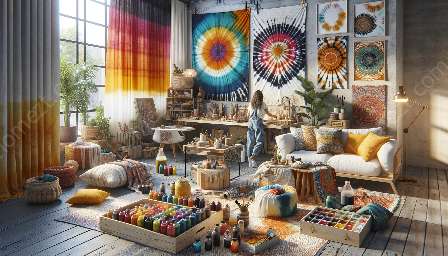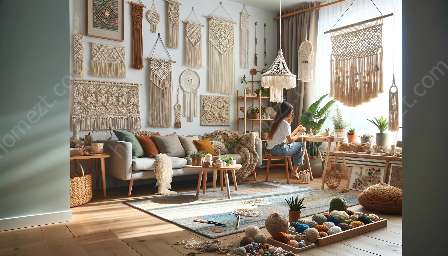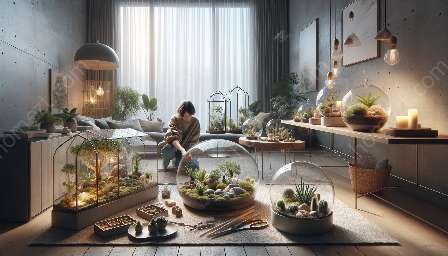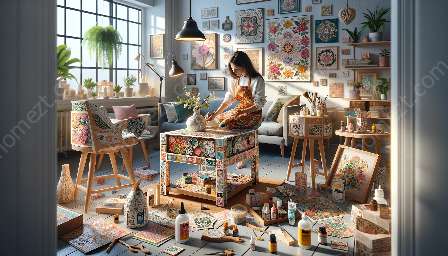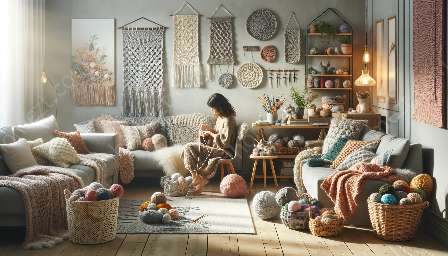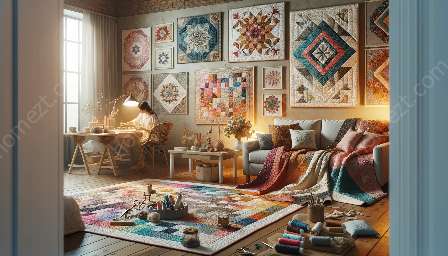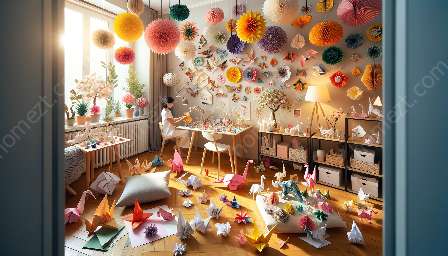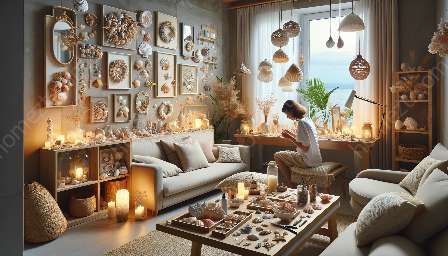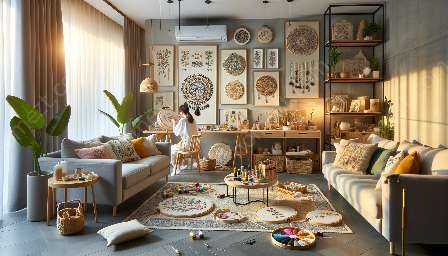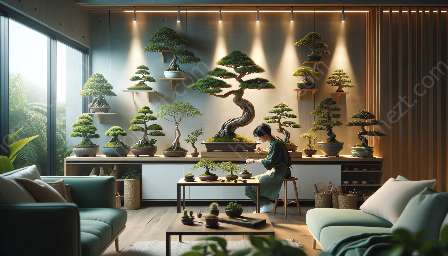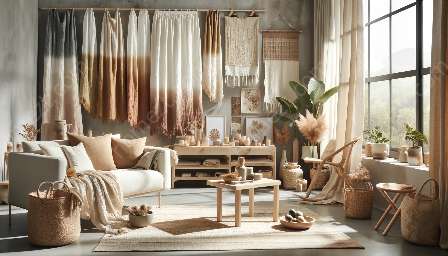Natural dyeing is a centuries-old tradition that utilizes organic materials to create stunning and eco-friendly dyes for textiles and home decor. Whether you're a seasoned crafter or a novice DIY enthusiast, incorporating natural dyeing techniques into your projects can add a touch of organic beauty to your living space.
Understanding Natural Dyeing
Natural dyeing involves using plant-based materials such as flowers, leaves, roots, and bark to extract pigments that can be used to color fabrics, yarns, and other porous materials. This process is not only environmentally friendly, but it also yields unique and vibrant hues that synthetic dyes cannot replicate.
Benefits of Natural Dyeing
Natural dyeing offers a multitude of benefits for DIY home decor and furnishings. Firstly, natural dyes are non-toxic and safe for both the environment and the individuals who come into contact with them. Additionally, they are biodegradable and do not contribute to pollution. Moreover, natural dyes can create a diverse range of colors and shades, each with its own rich and earthy character.
Popular Natural Dyeing Techniques
Several natural dyeing techniques are popular among DIY enthusiasts and home decor aficionados:
- Indigo Dyeing: Indigo is a plant-based dye that has been used for centuries to create the classic and timeless deep blue hues. It is particularly popular in home furnishings such as cushions, table linens, and wall hangings.
- Madder Root Dyeing: Madder root yields a range of red and orange tones, making it ideal for adding warmth and vibrancy to fabric and yarn. These rich hues are often used in DIY projects focused on creating cozy and inviting home spaces.
- Onion Skin Dyeing: Onion skins can produce a spectrum of warm yellows and oranges, perfect for adding a natural and rustic touch to home decor items like throw blankets, curtains, and pillow covers.
Getting Started with Natural Dyeing
If you're eager to explore the world of natural dyeing, there are a few essential steps to follow. First, gather your chosen plant-based materials, such as flowers, roots, or leaves. Next, prepare the fabric or yarn by mordanting, a process that helps the fibers absorb the dye effectively. Finally, follow specific dyeing techniques, such as immersion dyeing or bundle dyeing, to achieve your desired results.
Applying Natural Dyes to Home Decor
Once you've mastered the art of natural dyeing, the possibilities for incorporating these unique dyes into your DIY home decor projects are endless. Consider creating custom-dyed tablecloths, napkins, or curtains that reflect your personal style and connection to nature. Additionally, you can use natural dyes to revamp old cushions, throws, or rugs, breathing new life into these home furnishings in an eco-friendly manner.
Embracing Eco-Friendly Creativity
By embracing natural dyeing techniques, you not only infuse your home decor and furnishings with organic beauty and vibrant colors, but you also contribute to sustainable and eco-friendly practices. Share your journey with others and inspire them to explore the art of natural dyeing, contributing to a more harmonious and environmentally conscious world.







